The other evening a friend told me that she feels vulnerable now that she is in her seventies and is reluctant to get on her bicycle. I feel more vulnerable about getting on my bike than I used to – but that’s not because of my age – it’s because of a few other reasons. One is the heavy truck traffic in New York streets, where you have to look out for double-parked trucks, turning trucks, big trucks that can’t see cyclists in their rear view mirror. After reading about a fatal accident occurring near me to a 68-year-old woman when the driver of a postal truck didn’t see her, I have confined my cycling mostly to the wonderful bike path five minutes from my home along the Hudson River.
Here there are no trucks, no cars, no motorcycles. But there are dog-walkers whose dog is at one end of a long leash and whose walker is at the other end, so the two of them straddle the path. There are runners who dash out onto the bike lane without looking to see who’s coming, and who caused one young boy I witnessed falling off his bike as he swerved to avoid the heedless runner. There are cyclists who pedal in the walkers’ lane and walkers who wander into the cyclists’ lane. There are downed tree branches and puddles hiding dips in the road on the morning after a storm. And then there’s the yuck factor – like yesterday morning, when I was careful to avoid the two dead rats on the path and the steaming pile of dog poop.
But lest I sound like I’m complaining, I have to hurry to say that I love the bike path. I love getting out there early in the morning, seeing the swiftly flowing currents of the river, the buildings on the New Jersey side across from me, the majestic George Washington Bridge ahead of me, the clouds forming patterns above me. I’m lucky to have access to it so close to my home, and I make the most of it all spring, summer, and fall until I bring my bike indoors for another season.
Glitter Leaves
2 months ago














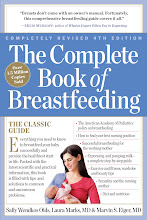







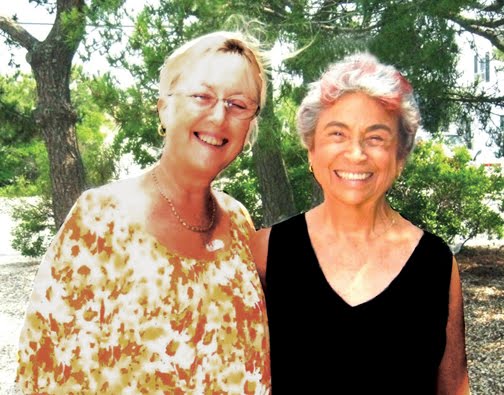.jpg)
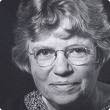




.jpg)
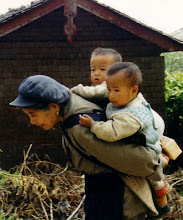.jpg)
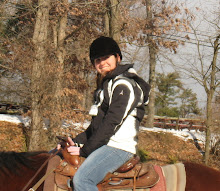.jpg)
.jpg)
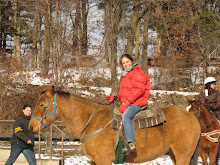

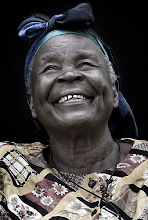

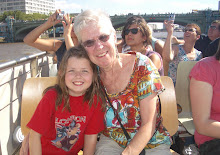.jpg)






.jpg)